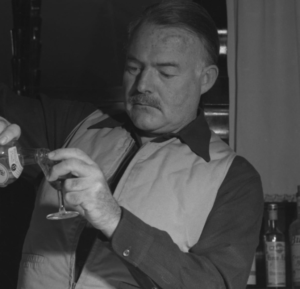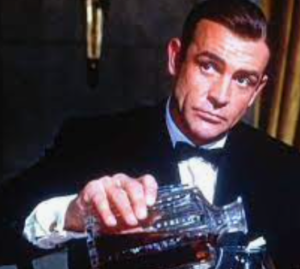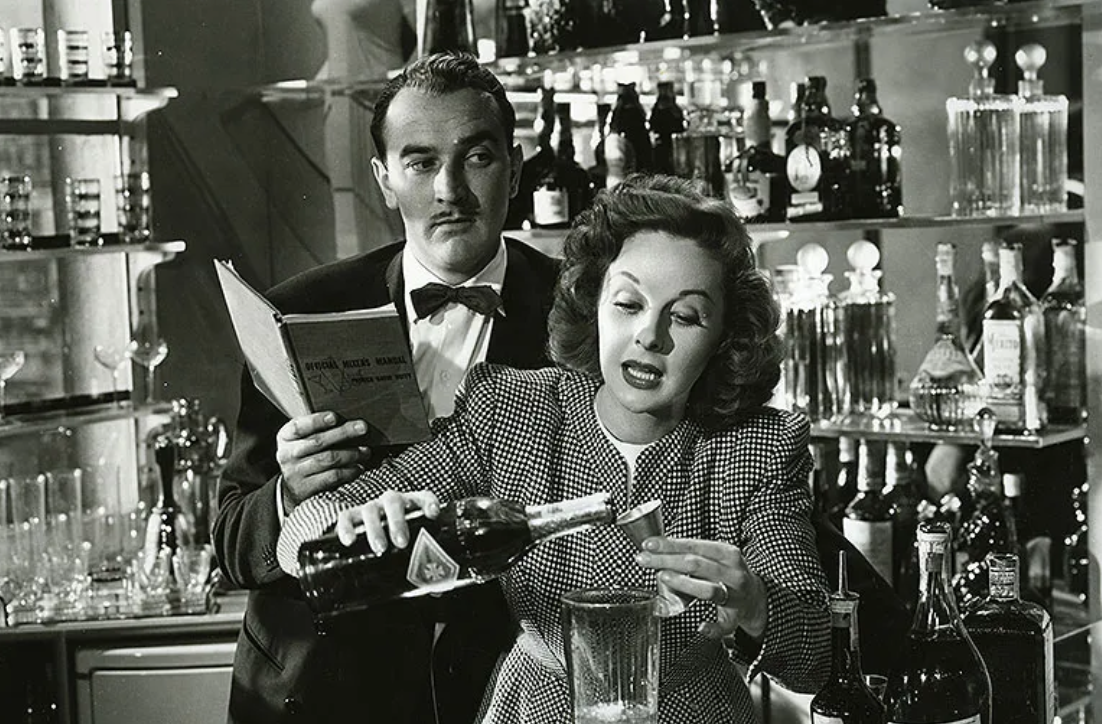Hemmingway shared “I have drunk since I was 15, and few things have given me more pleasure.”
Whiskey is one of the things which legends are made. From the Greeks to the Irish, it has developed into an elixir delighting the taste buds and occasionally the brain. There is something adult, worldweary, and strong about holding a glass of the brown water. From early times to the Wild West, it appears again and again in stories and modern myths. It is no wonder authors have been captured by its amber hue. Here is a guide so this weekend you can drink whiskey like a literary legend.
John Steinbeck
While John Steinbeck’s favorite drink was the Jack Rose, he made an impact on the imagine of whiskey with his most famous book. The liquor makes an appearance in several of Steinbeck’s books, including his magnum opus, The Grapes of Wrath. Tom Joad drains a pint in the early chapters as he makes his way back to the family homestead. His uncle John, meanwhile, has a well-known proclivity for whiskey and “jake,” an infamous Prohibition-era patent medicine that was both mostly alcohol and known to cause nerve damage. Times may be tough, but whiskey is always there it seems.
Related Story: Breaking Down The Major Categories Of Whiskey

Ernest Hemingway
The daring hero of the Spanish Civil War, WWII and the inventor of the Great Gatsby, Ernest Hemingway was fond of many drinks. While most people probably associate him with daiquiris or absinthe (not bad choices), he was a prodigious whiskey drinker. Supposedly his real-life drink of choice was a scotch and soda. Seems reasonable since it appears more frequently in his writing than any other—notably in The Snows of Kilimanjaro. In the autobiographical A Moveable Feast, he pounds quite a few whiskeys between rounds of smack-talk about F. Scott Fitzgerald and Gertrude Stein.
Dorothy Parker
The American poet, writer, critic, wit, and satirist helped create a moment with the Algonquin Round Table. The gathered wit and wisdom of creative leaders in the day traded barbs, insight and stories while handling a highball. While her most quoted bon mot was about vodka, scotch was her passion. Sipping on it though the day made her feel cheerful and loose, clever remarks spun spontaneously from her lips, until everyone was falling down with laughter and she felt appreciated and loved. Never did Dorothy appear drunk. But she was seldom completely sober either.
Here is the vodka bon mot:
“I like to have a martini,
Two at the very most.
After three I’m under the table,
after four I’m under my host.”

Ian Fleming
Ian Fleming was a British upper crust intelligence officer who mingled with the powerful and the connected. He went on to massive fame creating his great alter ego, Jame Bond. While Bond is know for drinking a vodka martini (shaken, not stirred), the MI6 agent has also indulged in plenty of whiskey like Fleming. Although several of the Bond films feature Talisker or Macallan, in the books, he often drank bourbon, a choice that was apparently based on Ian Fleming’s real-life preference for the American “Old Grandad” bourbon.
Related: The Perfect Ice-Cold Martini
Supposedly, Fleming switched from gin to bourbon on the advice of his doctor, who thought it might be marginally less damaging to his ailing heart.
William Faulkner
Like his contemporary, Hemingway, the southern gothic master drank constantly; unlike Hemingway, who preferred to write “cold,” Faulkner’s writing was fueled by bourbon, corn whiskey, and mint juleps. Whiskey features in his writing, too: Joe Christmas, a central character in his 1932 novel Light in August, is a bootlegger in the Prohibition-era south.
So next time you feel thirsty, here is how to drink whiskey like a literary legend.

 Cannabis News1 year ago
Cannabis News1 year ago
 One-Hit Wonders1 year ago
One-Hit Wonders1 year ago
 Cannabis 1011 year ago
Cannabis 1011 year ago
 drug testing7 months ago
drug testing7 months ago
 Marijuana Business Daily1 year ago
Marijuana Business Daily1 year ago
 Education1 year ago
Education1 year ago
 Cannabis1 year ago
Cannabis1 year ago
 Education1 year ago
Education1 year ago































